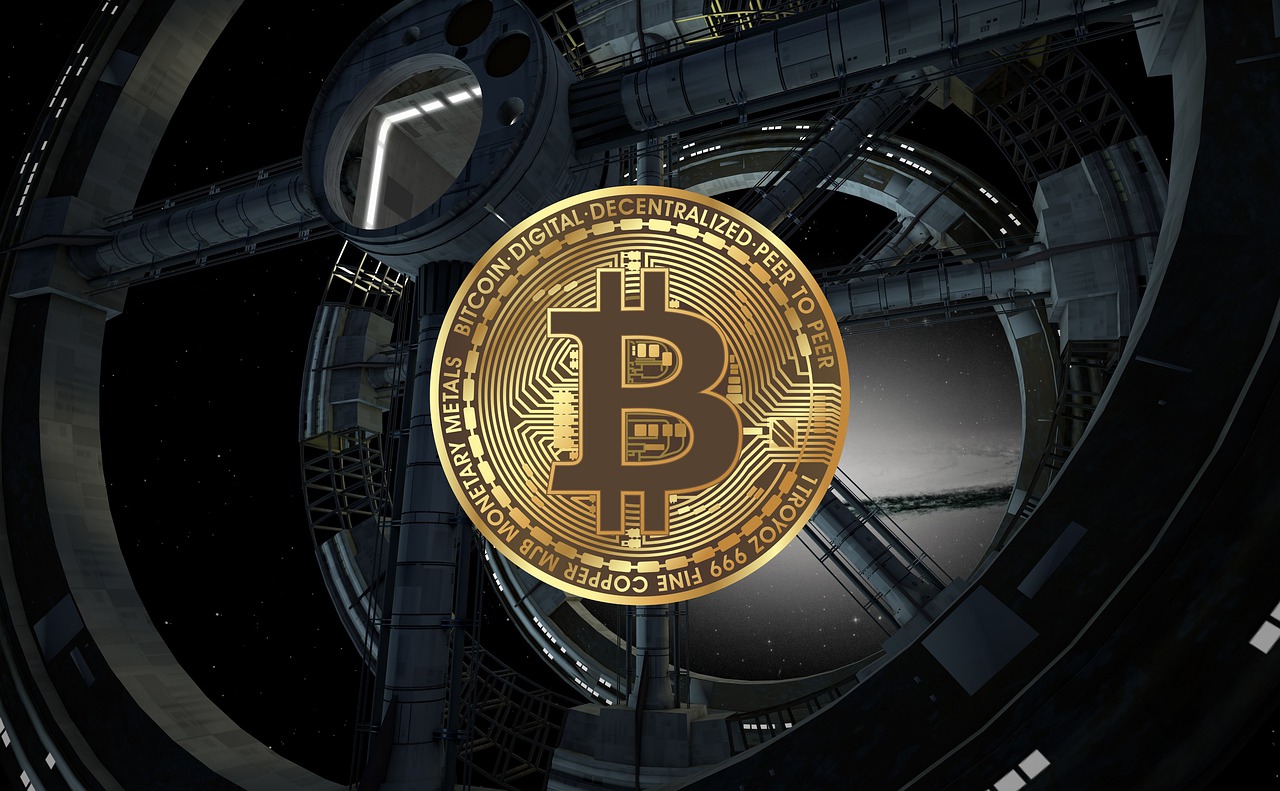Liquidity mining is a crucial yet enigmatic element in decentralized finance (DeF). Liquidity miners don’t get nearly as much attention as app developers or venture capitalists, yet DeF protocols wouldn’t work without them. DeF protocols are merely lines of code rather than using apps without liquidity — or enough tokens to facilitate seamless transactions.
Liquidity miners are decentralized finance partakers that invest in DeF protocols to provide liquidity. They will be able to collect the bulk of decentralized finance protocol income as well as a significant portion of the protocol’s governance tokens at a cost that is likely to be lower than venture capital.
What is Liquidity Mining?
The term “mining” refers to a process in which bitcoin transactions are confirmed, and new cryptocurrency units are generated. Mining efficiently necessitates both powerful hardware and software.
When it comes to verification, a single computer is still not strong enough to mine cryptocurrency successfully since your power cost would skyrocket. To combat this, miners frequently join pools to combine their computer resources and distribute miner rewards to pool members. Using specialized technology and inexpensive power, groups of miners compete to verify pending transactions and collect the benefits. This rivalry helps to maintain transactional integrity.
AntPool, F2Pool, and BitFury are the most significant pools, with AntPool alone accounting for 19% of total cryptocurrency mining. China is home to most of these liquidity mining pools accounting for more than 70% of total Bitcoin mining. The majority of bitcoin mining equipment is made in China, which takes advantage of the country’s low power rates.
The History of Liquidity Mining
Liquidity mining has been around since 2017, even if it just got popular in June 2020. In October 2017, IDEX, one of the significant decentralized exchanges, pioneered the concept. Sythetix then redefined it in 2019 before being improved further by Compound in June 2020 to become what we know today.
In October 2017, IDEX unveiled a market maker reward scheme, which established the foundation for what we now know as liquidity mining. Instead of putting their money in a pool, the exchange gave market makers its token, IDEX, in return for trading on its platform. There was no need to keep assets in a different location. All market makers had to do was fill a limit order and be rewarded with IDEX.
Following Compound’s announcement of the concept in 2020, the notion’s acceptance rate has exploded in recent years. For example, the total value locked (TVL) between June and October 2020 was more than $10 billion. The TVL (at the time of writing) was $96.96 billion, according to Defipulse.
Can You Incur a Loss with Liquidity Mining?
Mining, investing, and trading all have risks that make being profitable in the market. On the other hand, liquidity mining has its own set of limitations that hinder users from supplying liquidity without needing to monitor the bitcoin market: temporary loss (IL).
The opportunity cost of hanging onto an asset for speculative purposes versus giving it liquidity to generate fees is known as impermanent loss. It’s nearly impossible to prevent IL with digital assets since they’re unpredictable. The user is in danger of not earning or even losing money if an asset inside the LP of choice loses or acquires too much value after being placed. For example, Ethereum’s value can quadruple in 5 days, but the fees paid while farming it will not even come close to covering half of what one would have profited by HODLing.
The term “impermanent loss” is well-deserved. Only when the user decides to withdraw his liquidity does he incur losses. As a result, if the market recovers to its previous price, it is feasible to prevent IL. LPs will be obliged to withdraw liquidity and realize their IL if this does not materialize.
Other risks associated with liquidity mining include technical risks, Rugpull fraud, information asymmetry, and high gas fees.
Conclusion
Liquidity mining is a form of passive income that allows crypto holders to earn from their current assets rather than storing them in cold storage. Assets are lent to a decentralized exchange in exchange for a proportional distribution of trading fees to each liquidity provider. Thus, we can conclude that we can introduce new horizons of innovation in decentralized financing through liquidity mining.
With oschain.io, we can help you make the most out of liquidity mining and provide you with all the necessary assistance you need in this regard.



 Bitcoin
Bitcoin  Ethereum
Ethereum  Tether
Tether  XRP
XRP  Solana
Solana  USDC
USDC  TRON
TRON  Lido Staked Ether
Lido Staked Ether  Cardano
Cardano  Avalanche
Avalanche  Toncoin
Toncoin